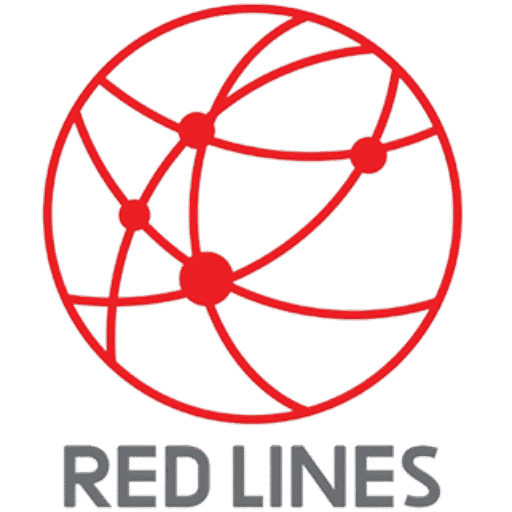As energy efficiency becomes an increasingly critical concern for homeowners and developers, the need for advanced solutions to optimize energy usage in residential buildings is more pressing than ever. One of the most effective ways to achieve this goal is through temperature mapping studies, which can provide valuable insights into how a building performs thermally. This method not only helps identify areas of energy loss but also allows for more targeted interventions to improve overall energy efficiency. In this article, we will explore how temperature mapping contributes to energy optimization in residential buildings, with a focus on the services provided by Redlines in Saudi Arabia, Jeddah, Dammam, and Riyadh.
What is Temperature Mapping?
Temperature mapping involves systematically monitoring and recording the temperature at various points within a building over a specified period. The data gathered from this study highlights fluctuations in temperature across different rooms and areas, revealing patterns that could suggest inefficiencies in the building’s thermal performance. For residential buildings, this could mean identifying areas that are either too hot or too cold due to inadequate insulation, poor HVAC system performance, or other design flaws.
Importance of Temperature Mapping in Enhancing Energy Efficiency
- Identifying Hotspots and Cold Spots
Temperature mapping allows you to pinpoint areas where temperature disparities occur, often referred to as “hotspots” or “cold spots.” These areas can be significant contributors to energy wastage, as heating or cooling systems work harder to maintain a uniform temperature across the building. By understanding where these imbalances exist, it becomes easier to target them with specific interventions, such as additional insulation or improved HVAC distribution. - Optimizing Heating and Cooling Systems
One of the most energy-consuming elements in residential buildings is the heating, ventilation, and air conditioning (HVAC) system. Temperature mapping helps to assess the efficiency of these systems by measuring how effectively they are distributing heat or cool air. Areas with uneven temperature distribution may require modifications to the HVAC system or the introduction of zoning, where different areas of the home are heated or cooled independently.

- Reducing Energy Consumption and Costs
By optimizing the thermal performance of a building, temperature mapping studies contribute to substantial energy savings. Homeowners can implement changes that reduce the need for excessive heating and cooling, leading to lower energy bills. In the long term, these savings can offset the initial investment in temperature mapping and related improvements, offering a clear return on investment. - Improved Insulation and Building Materials
Temperature mapping can also help identify areas where insulation is inadequate or where the building materials are not performing as expected. Whether it’s walls, windows, or roofs, understanding the temperature variations can highlight where improvements in insulation or the selection of more energy-efficient materials are needed. This ensures a more comfortable living environment while reducing energy demand.
Redlines’ Temperature Mapping Services in Saudi Arabia
At Redlines, we specialize in providing comprehensive temperature mapping studies that help enhance energy efficiency in residential buildings. Our expert team utilizes advanced tools and technology to carry out detailed temperature surveys in buildings, helping property owners, developers, and facility managers make informed decisions about energy optimization.
We are proud to offer our services across various cities in Saudi Arabia, including Jeddah, Dammam, and Riyadh. Whether you’re looking to improve your home’s energy efficiency, reduce your energy bills, or ensure compliance with environmental standards, Redlines is here to help.
How Our Temperature Mapping Services Work - Initial Assessment: Our team conducts an in-depth analysis of your building’s energy consumption patterns and identifies the areas that may require temperature mapping.
- Temperature Data Collection: Using state-of-the-art sensors and technology, we map the temperature at different points in your building. This data is collected over a set period to account for variations due to time of day, weather conditions, and building usage.
- Analysis and Reporting: After collecting the data, we generate detailed reports that highlight areas of concern and provide actionable recommendations. These might include upgrades to insulation, HVAC adjustments, or the installation of energy-saving technologies.
- Implementation and Follow-Up: Once you’ve received the report, Redlines can assist in implementing the necessary changes and monitor improvements over time to ensure the effectiveness of the solutions.
Conclusion
Temperature mapping is a powerful tool that can significantly enhance the energy efficiency of residential buildings. By identifying temperature imbalances and areas of energy loss, homeowners can make informed decisions to optimize their energy consumption. In Saudi Arabia, Redlines provides professional temperature mapping services in Jeddah, Dammam, and Riyadh, helping residents and property managers improve their energy efficiency and reduce energy costs. Visit our website at www.redlines.sa for more information and to schedule a consultation.












